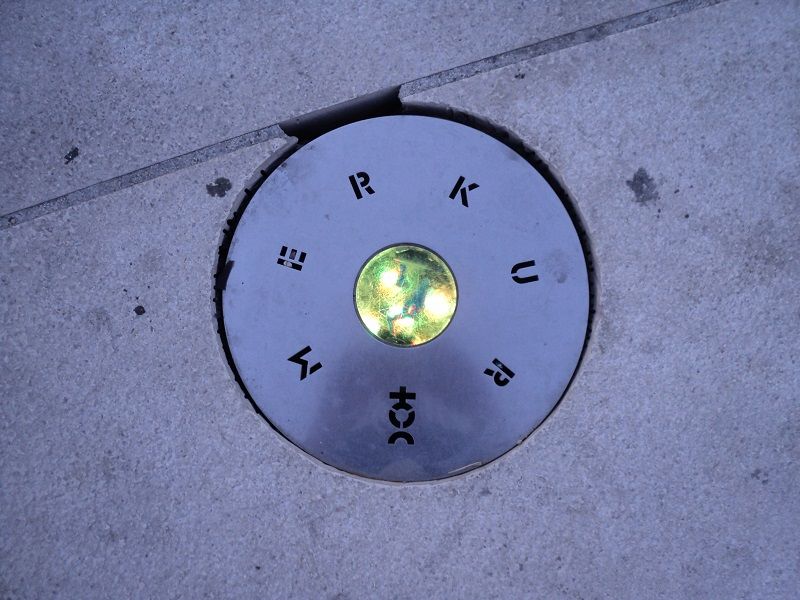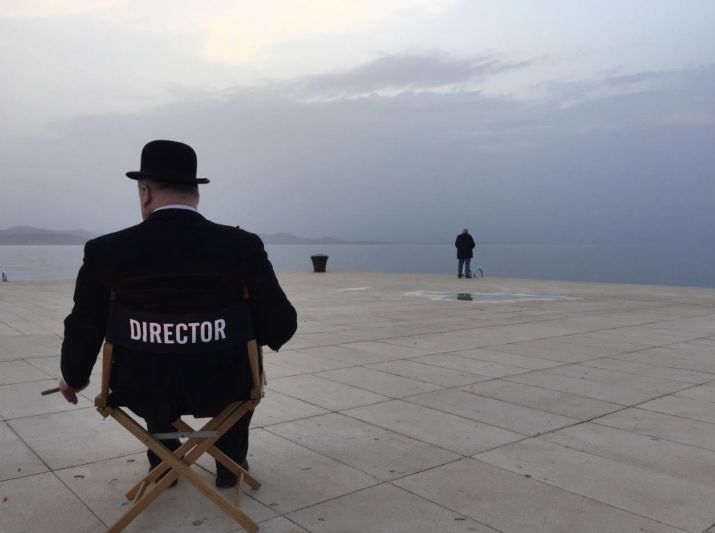In every coastal city, people have a natural tendency to flock to the waterfront. What better place to take an evening walk? Everybody loves the riva: couples holding hands, groups of friends ordering another round of beer in a nearby café, teenagers gathering at a somewhat secluded spot in late hours.
Every riva is special, but there's only one place in Croatia where a walk along the water equals a magical experience: Zadar. This enchanting city in northern Dalmatia boasts incredible historical heritage and an impressive display of ancient and medieval architecture; its fortification walls built in the 16th century were recently inscribed into the UNESCO World Heritage list. Apart from the long list of awe-inducing sites, Zadar has a final feature that's going to make you fall in love with it – a singing waterfront.
The riva has a built-in system of underwater pipes that you can't see from above, but you're sure to hear the so-called Sea Organ playing even before you decide to take a break on the stone steps. The waves enter the pipes and create bewildering sounds, hollow and haunting, merging into melancholic melodies that have a somewhat hypnotising effect. Listening to the water play the gigantic instrument without any sheet music may leave you feeling like the sea is telling you a story... and if you sit back, close your eyes and sync your breathing with the waves, you just might understand the meaning beneath.
The organ is connected to another lovely piece on the waterfront – an installation called Greeting to the Sun (or Monument to the Sun). It's a flat circle installed in the pavement with a diameter 22 metres wide, filled with hundreds of tiny solar modules that charge during the day and light up after sundown. The monument thus creates an entertaining light show, luring dozens of visitors to walk among the dancing light patterns or just gather around the edges to watch the spectacle.
Both the Sea Organ and the Greeting to the Sun were designed by the architect Nikola Bašić, so it only makes sense for them to be connected – as the organ plays its song, the spontaneously created melodies and rhythms directly influence the light effects nearby. The cheerful beaming circle becomes a visual manifestation of music, and it's hard not to admire the process that has the natural force of the sea turning both into sound and image.
Monument to the Sun... why the Sun? The largest circle represents the powerful star itself, but it's also joined by other smaller installations – planets of the Solar System, scattered around the waterfront and sized to perfectly correspond to the Sun in proportion.
And talking about the Sun... all these technical wonders aside, the actual Sun provides Zadar with its most famous trait: spectacular sunsets. Even the legendary director Alfred Hitchcock admired the natural phenomenon; after he visited the city in 1964 and gazed out of his hotel window, he stated Zadar had "the most beautiful sunsets in the world". More than 50 years later, a reincarnation of the cinema legend stopped by for a visit again, grabbing the attention of the audience passing by...
...and took a break to enjoy the view from the riva one last time.




